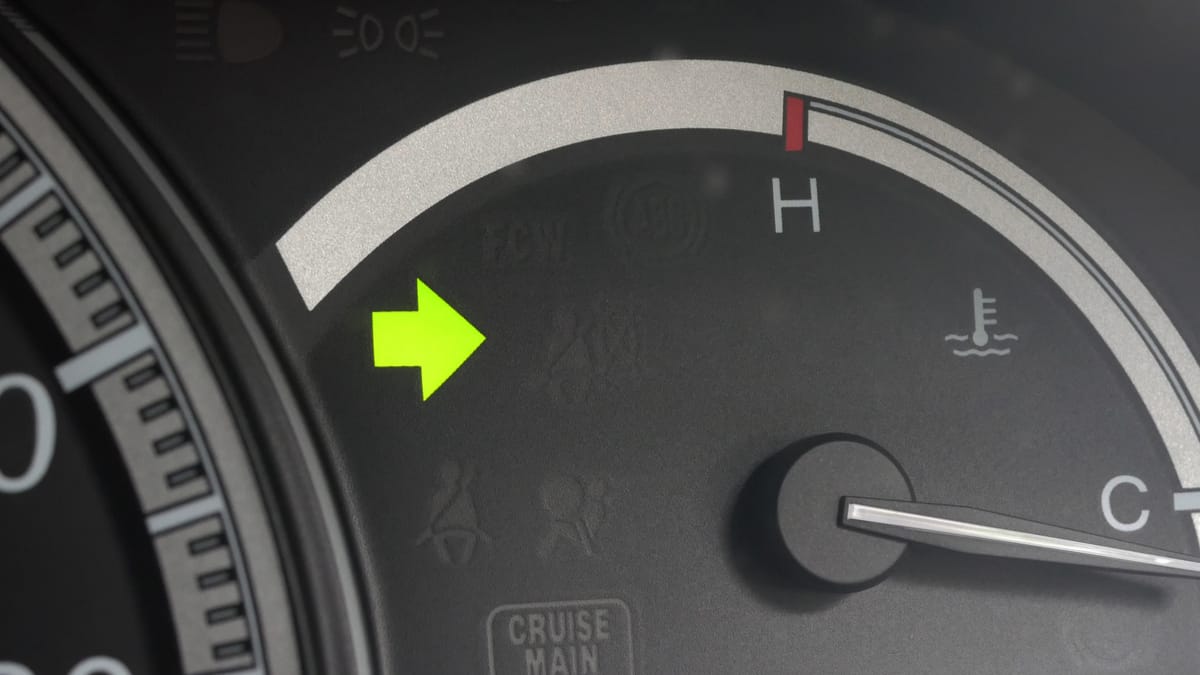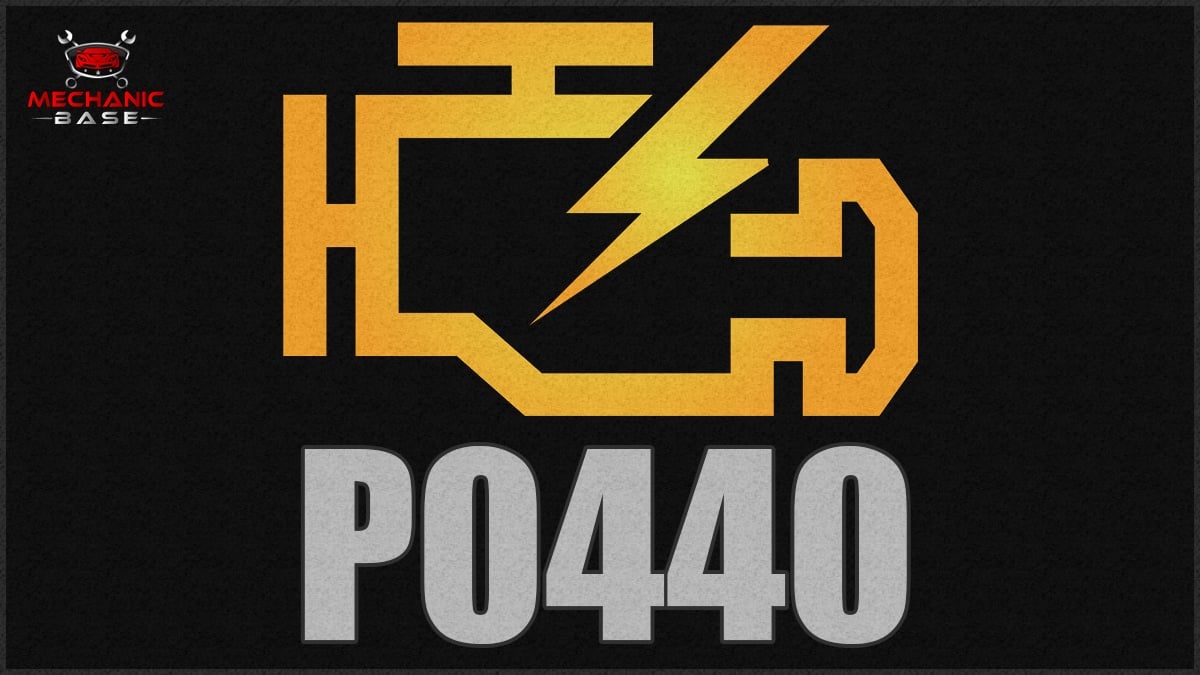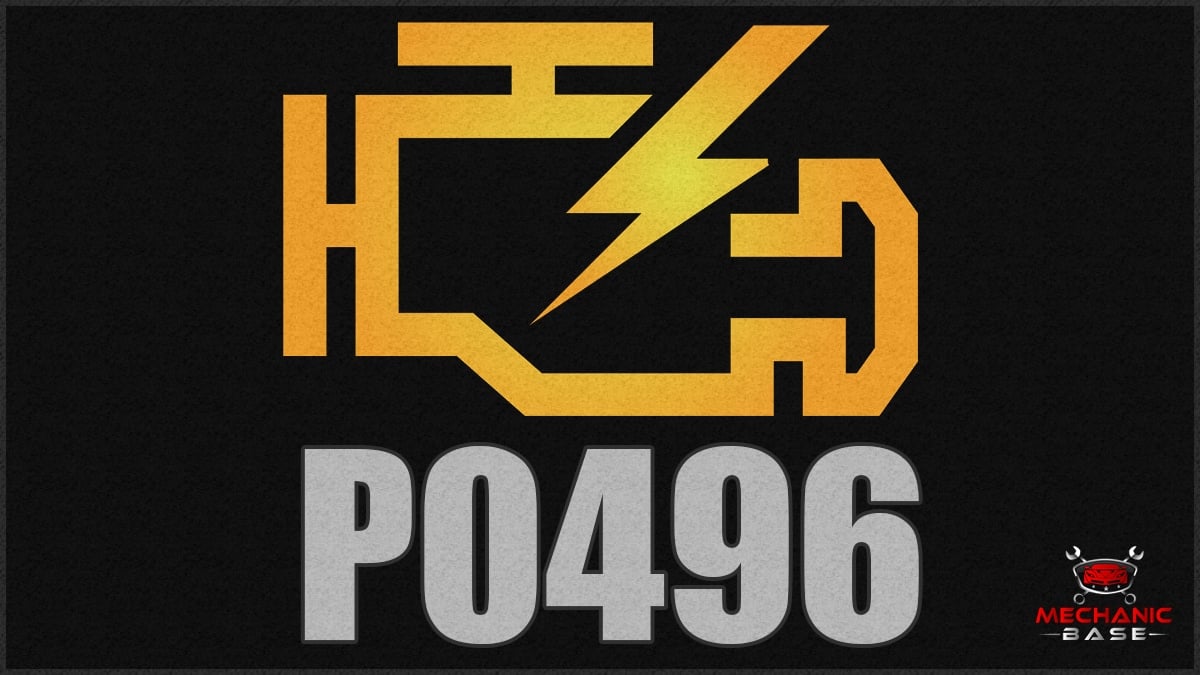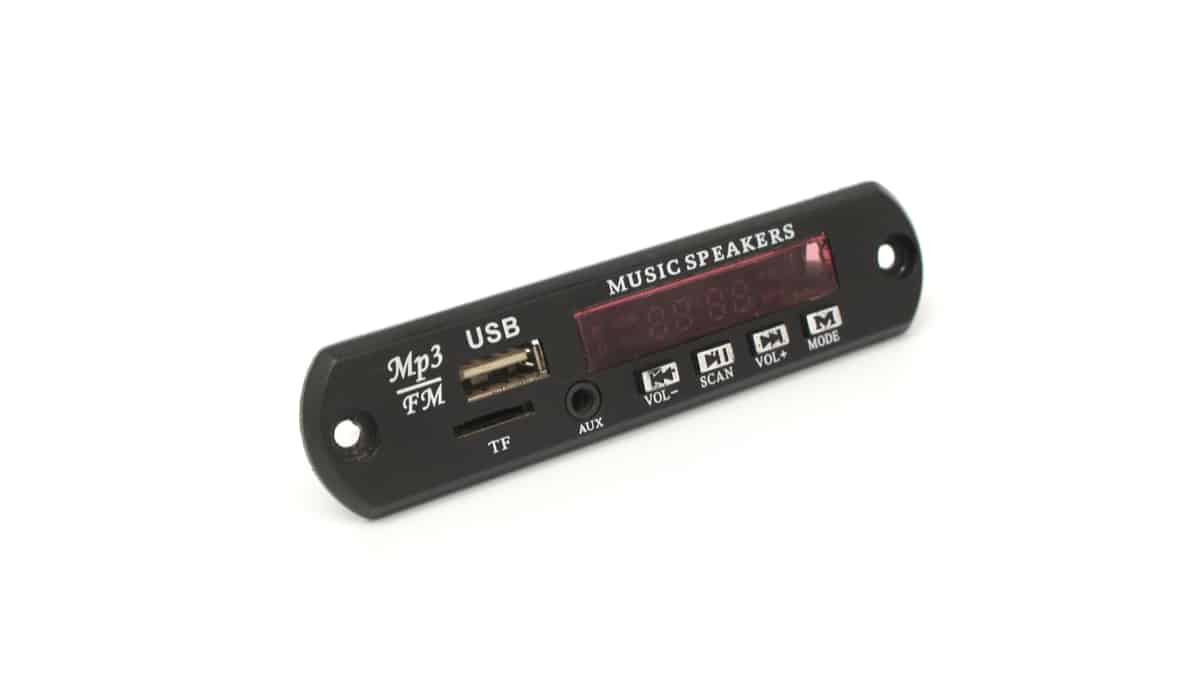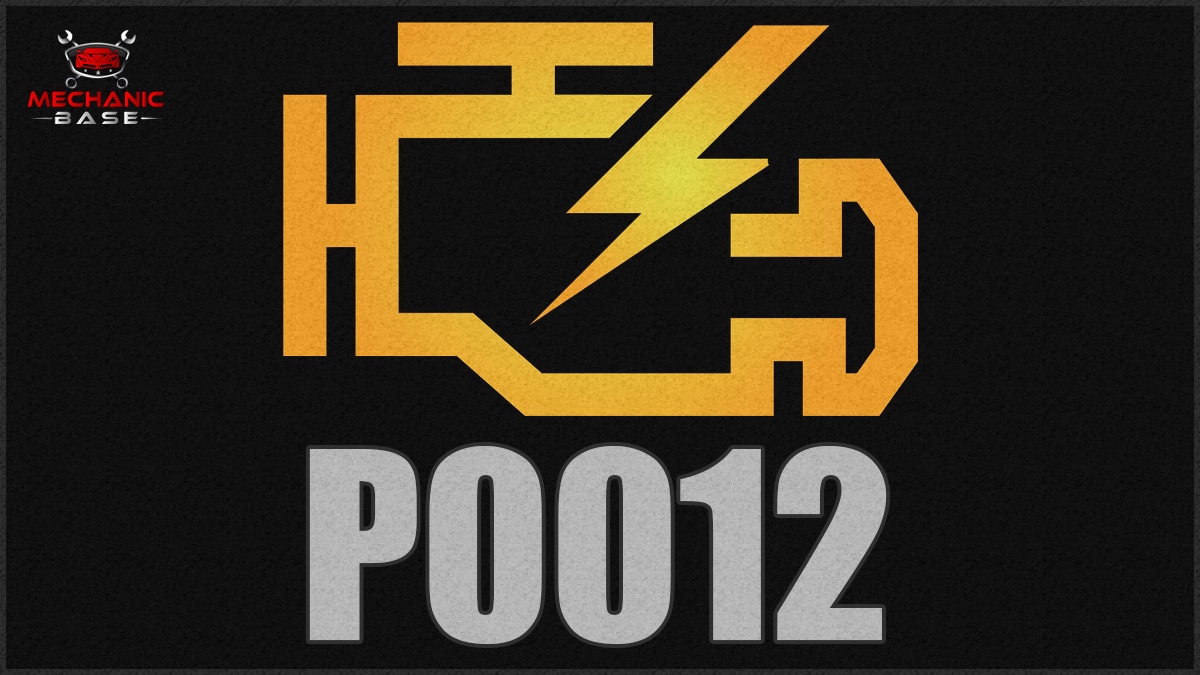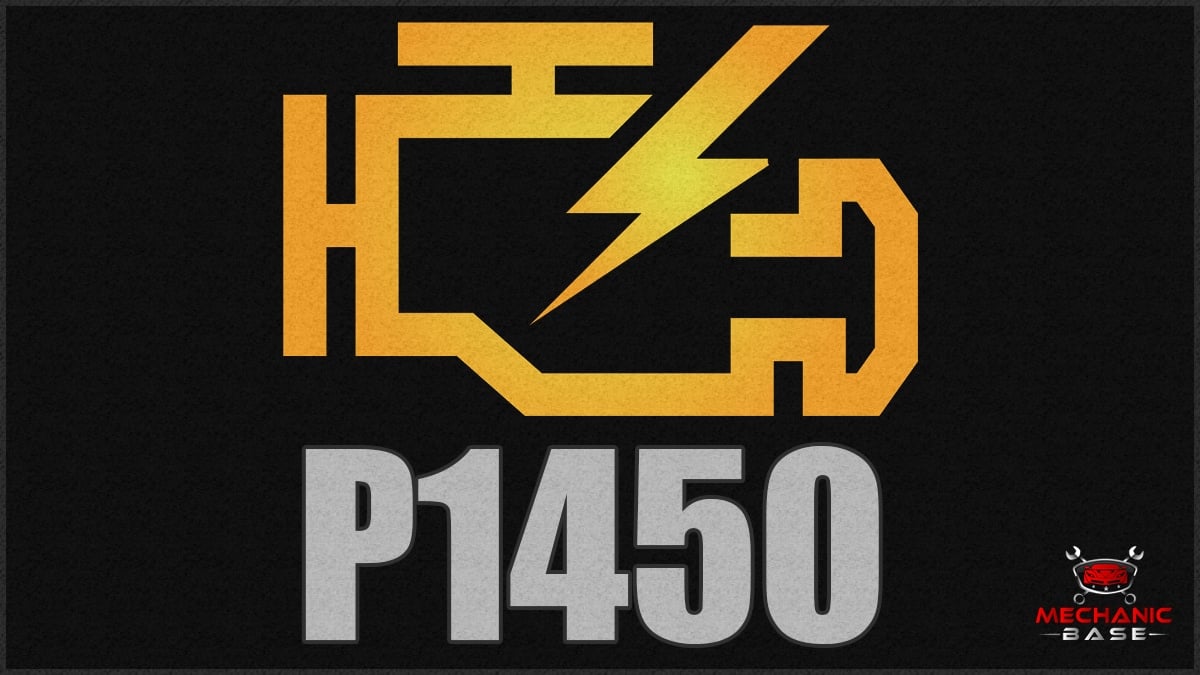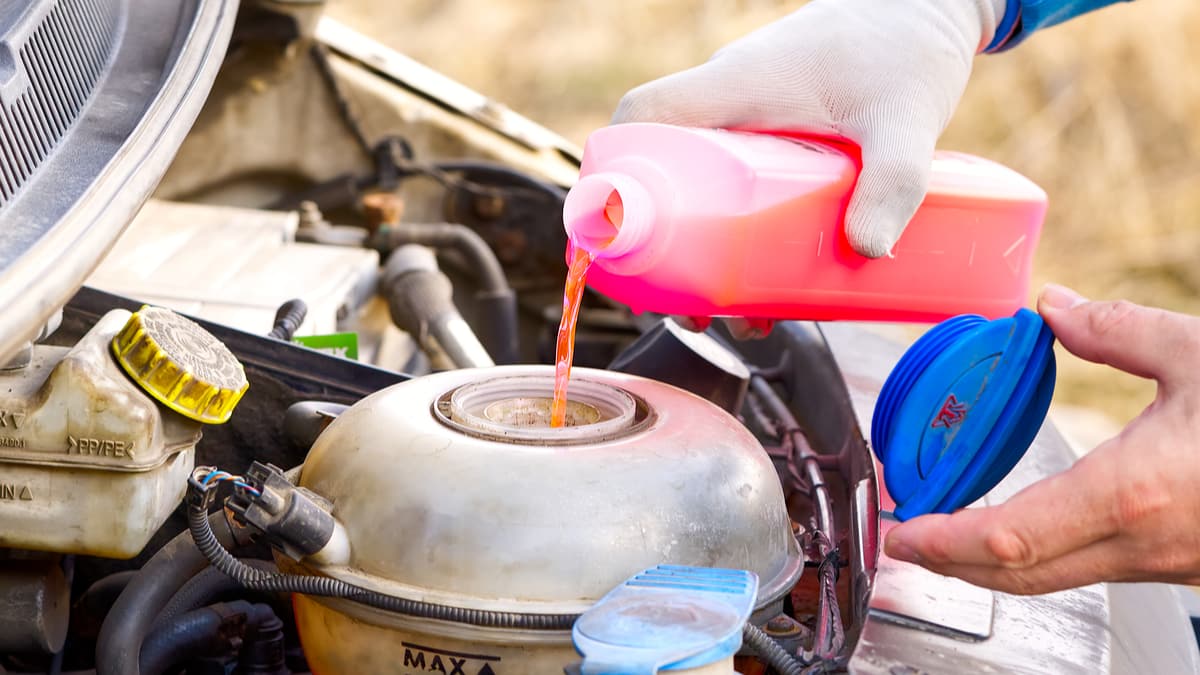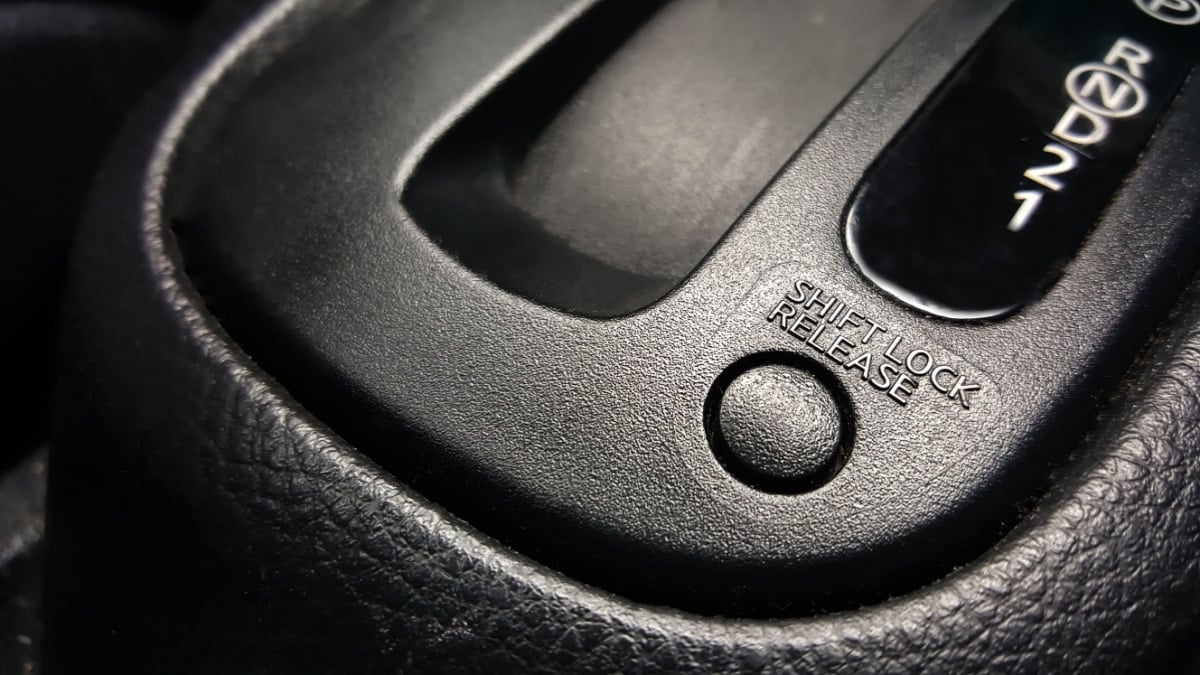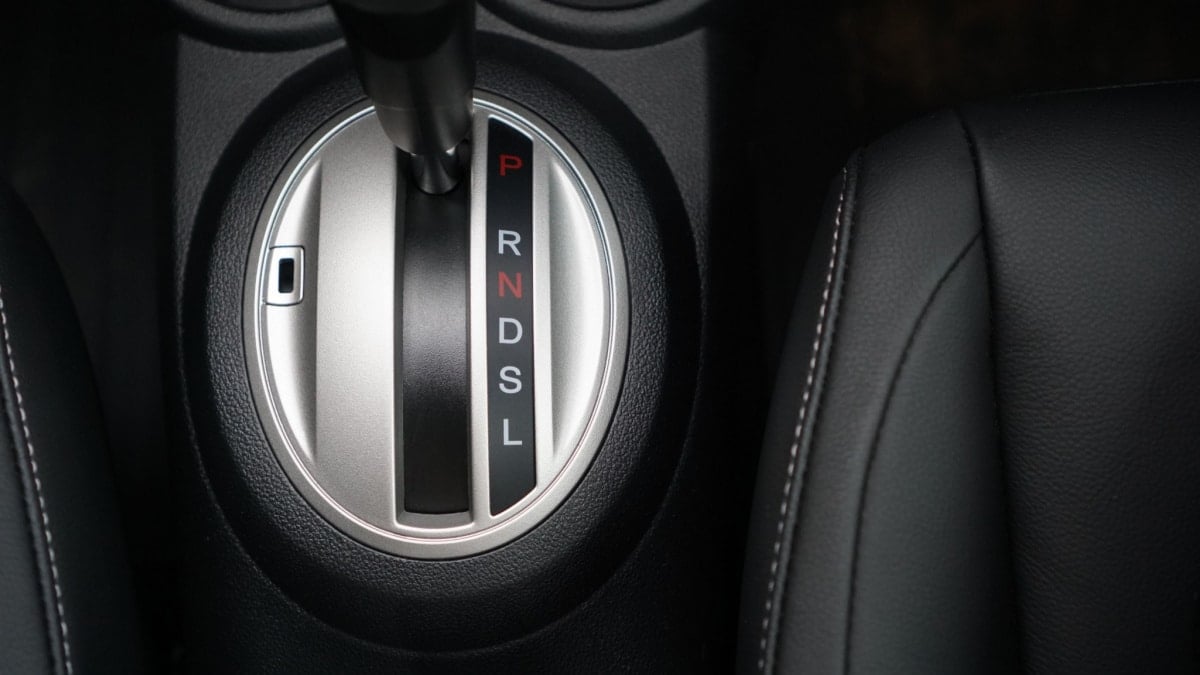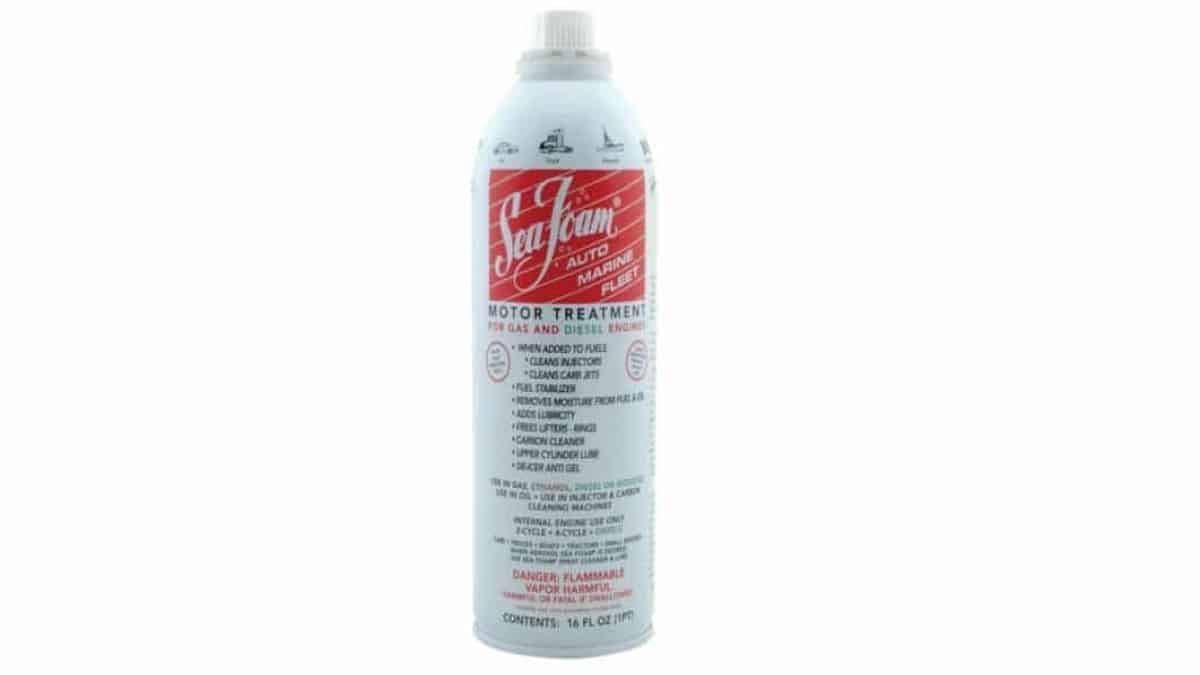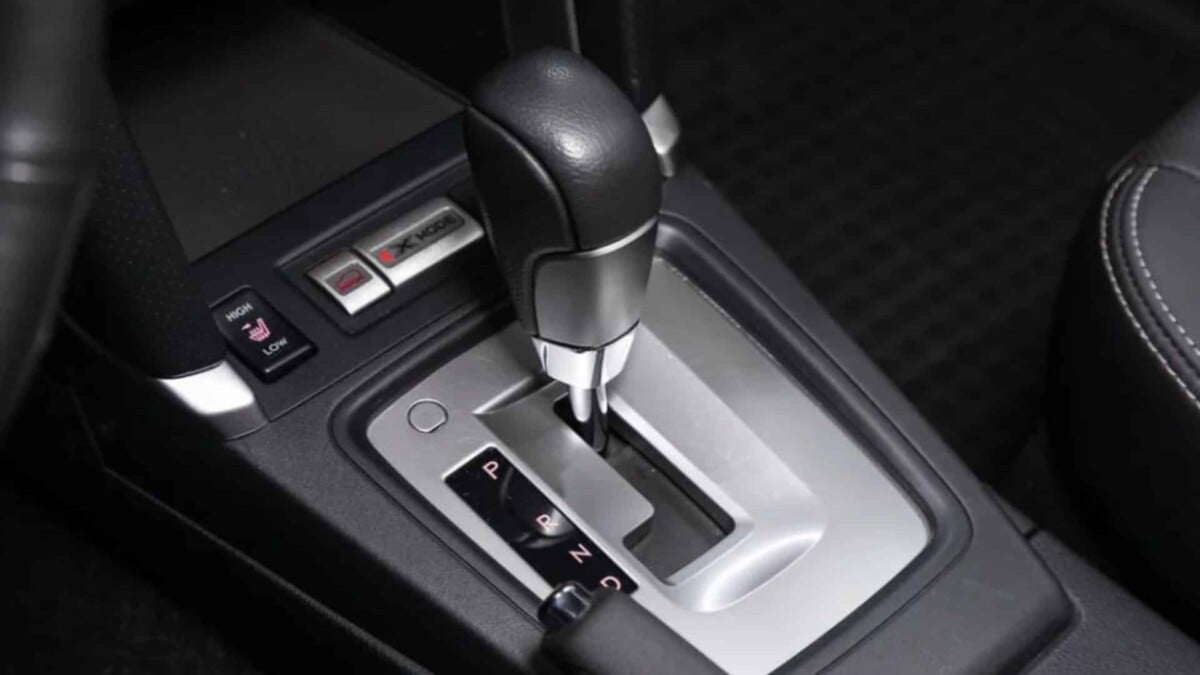If you visit any auto shop, dielectric grease is a product that you are sure to see. What is dielectric grease, and why do all mechanics use it?
In this guide, I touch on the basics of dielectric grease. I evaluate the pros and cons of the lubricant, and I show you when and how to use it. I also determine the differences between two popular automotive grease types.
What is Dielectric Grease?
Dielectric Grease is a non-conductive waterproof lubricant that protects electrical components from dirt and corrosion. It is made from a silicone base and an added thickener. Sometimes, dielectric grease is called tune-up grease, because of how it’s used in auto shops.
Permatex makes a dielectric grease that lists both silicon dioxide and polydimethylsiloxane as ingredients. If you look at the color of this grease, it should appear milky or translucent gray.
Dielectric Grease Pros
1. Creates Seal
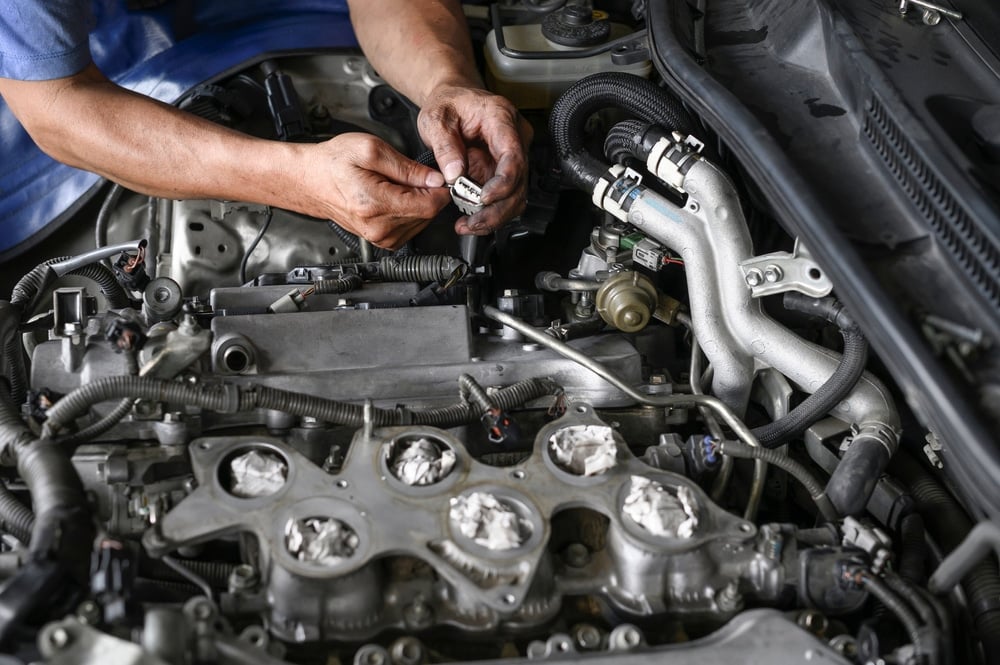
Dielectric grease offers a strong seal for metal surfaces. It can be used on the electrical system’s metal components to prevent corrosion and rust.
This grease holds up under extreme temperatures. It will continue providing a seal, even when temperatures reach 500 degrees Fahrenheit.
2. Protects Plastics
Dielectric grease is used to protect both plastic and rubber. When used with various computer ships and electrical systems, it can stop a fire from occurring.
It can also reduce the wear of connecting surfaces. With this protective coating, resistance is minimized and oxidation is prevented.
3. Insulates
There’s also an insulating property for the electrical system. Dielectric grease prevents oxide buildup that could cause resistance and signal loss.
This is one reason it’s used for multi-pin connectors – to insulate against any potential short. It’s also helpful for speedometer cables and other electronics that need to be protected.
Dielectric Grease Cons
1. Non-Conductive
While dielectric grease is immensely beneficial when used in the right way, it can also lead to issues when misapplied. Because the grease is non-conductive, you must be careful where you put it.
When used inappropriately, current flow can be inhibited. For example, if you don’t clean up the contact points on the conductor, you will lose the current flow.
2. Potentially Hazardous
Over several years, dielectric grease can start to melt silicone rubber. However, you shouldn’t use it on these surfaces in the first place.
Additionally, you will need to wear safety glasses and gloves when working with the grease. It’s known to irritate the skin and eyes. It can also produce formaldehyde at higher temperatures. If you aren’t getting enough ventilation, it could lead to an irritated respiratory system.
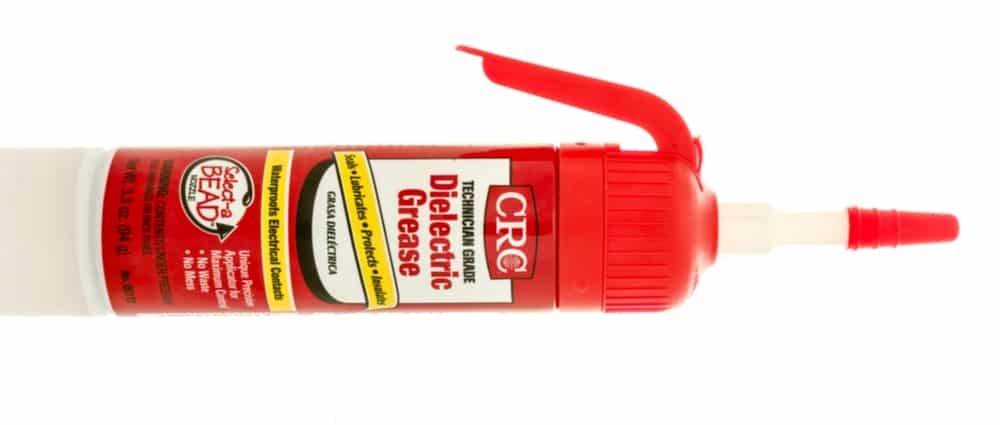
What is Dielectric Grease Used for?
Dielectric grease is used as an electrical insulator and lubricant. It is a thick grease that can be applied to electrical connectors to help prevent corrosion and improve connectivity.
1. Battery Terminals
When you use silicone-based grease on the battery terminals, you can stop corrosion from occurring. However, it doesn’t seem logical to put this non-conductive grease on battery terminals.
However, if you put grease on both the clamps and terminals and bolt them securely together, the majority of the grease squeezes out. What you get is a good connection that is protected from water and air around it.
RELATED: Battery Terminal Corrosion Causes (How to Fix & Prevent It)
2. High-Energy Ignition System
Dielectric grease can be used on ignition coil connectors and other ignition components. It’s a good product to prevent voltage leakage from occurring.
Back in the day, dielectric grease was commonly used on distributor caps. It’s one of the reasons it became known as tune-up grease.
3. Spark Plug Boots
Another reason for this nickname is because of its use with spark plug boots. By applying grease to the rubber boot, you allow it to slide easily onto the ceramic insulator.
This application will seal the boot and keep it from getting stuck. Because spark plugs are subject to high temperatures, the grease is a great option.
4. Electrical Connectors
Dielectric grease is often used with multi-pin connectors. It’s also popular with connectors that have rubber parts.
Because you can spray dielectric grease into tight areas, it’s helpful when you have spots that don’t fit your fingers. You can also use it with heat shrink terminals, rings and spades.
5. Light Sockets & Connectors
You can protect your exterior lighting with dielectric grease. It’s common to use with headlamp connectors and bulb sockets.
When used properly, it can extend the life of the vehicle parts. Just make sure the grease doesn’t get on any conductive contacts.
Dielectric vs. Lubricating Grease
Some people use the terms dielectric and lubricating grease interchangeably, but they are different. For starters, the composition is different. While dielectric grease is made from a thickener and silicone, the lubricating grease will be made of some type of lubricating oil, such as a vegetable, petroleum or synthetic oil, a thickener, along with additional additives.
There’s also a difference in what applications either can be used for. I have outlined what dielectric grease can be used for, but lubricating grease is meant solely for lubricating purposes. It’s commonly used with various adapters to funnel grease into car parts.
How to Use Dielectric Grease on a Spark Plug Boot
It’s not difficult to use dielectric grease, especially when working on spark plug boots.
- With the vehicle turned off completely cooled down, remove the spark plug boot.
- Clean off the spark plug and the boot.
- Squeeze a small amount of dielectric grease onto some cardboard. A small bit is all that’s needed.
- With a cotton swab, apply a minimal amount of dielectric grease on the inner wall of the plug boot.
- Put the boot back where it belongs and go for a test drive.
If you aren’t sure how to properly add dielectric grease to the spark plug boot, you will want to visit a professional auto repair shop. You can spend as little as $75 for a complete tune-up and save yourself the hassle of messing something up. One small mistake while doing a tune-up can cost you much more in the future.
Categories: Electric


